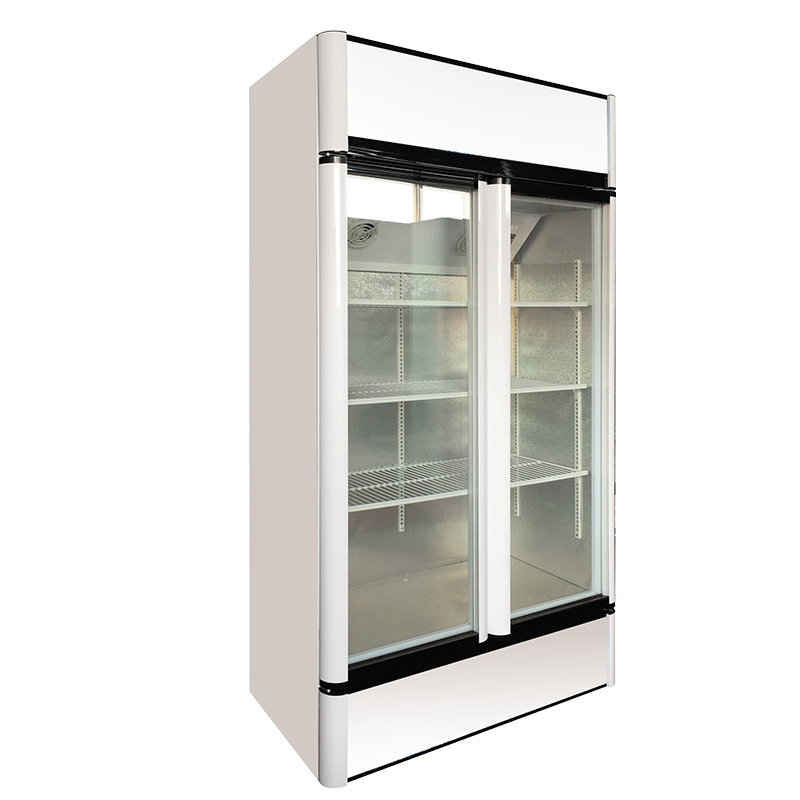Household refrigerators typically offer several temperature control options to allow users to adjust and maintain the desired temperature for food storage. Some common temperature control options available in household refrigerators include:
Temperature Settings: Most household refrigerators feature a control dial or digital panel that allows users to adjust the temperature settings. These settings typically range from cold to colder or are displayed as numerical values representing specific temperature ranges.
Thermostat Control: The thermostat regulates the refrigerator's internal temperature based on the user's settings. It continuously monitors the temperature and activates the compressor or cooling system as needed to maintain the desired temperature level.
Digital Displays: Some modern refrigerators are equipped with digital displays that provide real-time temperature readings and allow users to adjust the temperature settings with precision. These displays may also indicate when the refrigerator is operating in energy-saving or vacation mode.
Multiple Cooling Zones: Certain high-end refrigerators offer multiple cooling zones or compartments with individual temperature controls. This feature allows users to customize the temperature settings for different types of food or beverages stored in various sections of the refrigerator.
Quick Cool or Quick Freeze: Many refrigerators feature a quick cool or quick freeze function that temporarily lowers the temperature to rapidly chill or freeze newly added food items. This feature helps maintain the freshness and quality of perishable goods.
Vacation Mode: Some refrigerators include a vacation mode setting that adjusts the temperature to a higher or energy-saving mode when the refrigerator will not be in use for an extended period. This helps conserve energy while ensuring food safety during temporary absences.
Door Alarm: Certain refrigerators are equipped with door alarms that alert users if the refrigerator door has been left open for an extended period. This helps prevent temperature fluctuations and food spoilage due to accidental door openings.
Smart Connectivity: With the advent of smart technology, some refrigerators offer Wi-Fi connectivity and smartphone apps that allow users to monitor and control temperature settings remotely. This feature provides added convenience and peace of mind, especially when away from home.
These temperature control options give users flexibility and convenience in adjusting and maintaining the optimal temperature for storing various types of food and beverages in household refrigerators. It's essential to refer to the manufacturer's instructions and guidelines for proper temperature settings to ensure food safety and freshness.
No. 18 Binhai Road, Economic Development Zone, Cixi City, Zhejiang ProvinceSun - Friday, 08:00 am - 09:00 pm+86-13505844887


 English
English عربى
عربى







